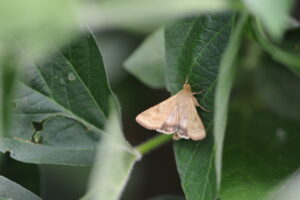
Corn Earworm Flight Has Started- Scouting Tips
Corn earworm moth catches have been ticking up across the state this week, especially in southern counties of the …



El inglés es el idioma de control de esta página. En la medida en que haya algún conflicto entre la traducción al inglés y la traducción, el inglés prevalece.
Al hacer clic en el enlace de traducción se activa un servicio de traducción gratuito para convertir la página al español. Al igual que con cualquier traducción por Internet, la conversión no es sensible al contexto y puede que no traduzca el texto en su significado original. NC State Extension no garantiza la exactitud del texto traducido. Por favor, tenga en cuenta que algunas aplicaciones y/o servicios pueden no funcionar como se espera cuando se traducen.
Inglês é o idioma de controle desta página. Na medida que haja algum conflito entre o texto original em Inglês e a tradução, o Inglês prevalece.
Ao clicar no link de tradução, um serviço gratuito de tradução será ativado para converter a página para o Português. Como em qualquer tradução pela internet, a conversão não é sensivel ao contexto e pode não ocorrer a tradução para o significado orginal. O serviço de Extensão da Carolina do Norte (NC State Extension) não garante a exatidão do texto traduzido. Por favor, observe que algumas funções ou serviços podem não funcionar como esperado após a tradução.
English is the controlling language of this page. To the extent there is any conflict between the English text and the translation, English controls.
Clicking on the translation link activates a free translation service to convert the page to Spanish. As with any Internet translation, the conversion is not context-sensitive and may not translate the text to its original meaning. NC State Extension does not guarantee the accuracy of the translated text. Please note that some applications and/or services may not function as expected when translated.
Collapse ▲
Corn earworm moth catches have been ticking up across the state this week, especially in southern counties of the …
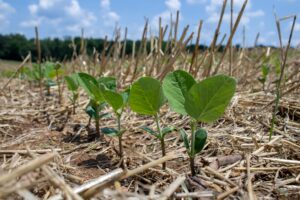
Wet weather across North Carolina delayed soybean planting into July and forced some growers to replant. Many now ask …
The 2025 NC Cotton Field Day is scheduled for Thursday, September 11th, 2025, at the Upper Coastal Plains Research …
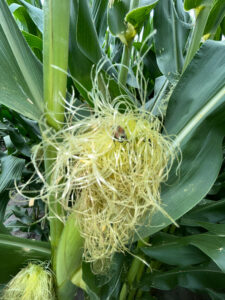
Current Situation in North Carolina Corn is currently at the tasseling and silking stages across the state, which is typically …
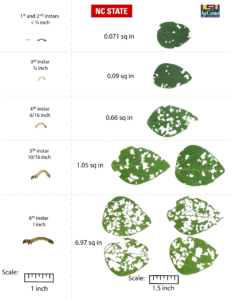
Authors: Igor Sulzbacher Schardong (NC State University), Dominic D. Reisig (NC State University), Berenice Romero (Louisiana State University), Jeff Davis, (Louisiana State …

Soybean can tolerate considerable defoliation before it loses yield. Common major defoliating pest species in NC include bean leaf …

Article by Alexis Alsdorf, NC State Department of Entomology and Plant Pathology PhD student Helicoverpa zea (corn earworm or bollworm) …
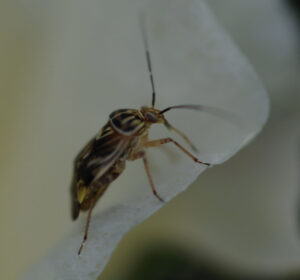
As cotton starts to square, it’s time for growers to check their fields every week for tarnished plant bugs. …

It’s been one month since the launch of Root Cause Reports!From seedling diseases to deer damage and stink bugs, …

Are the spots circular with tan centers and purple to dark brown margins, possibly surrounded by yellow halos? → …
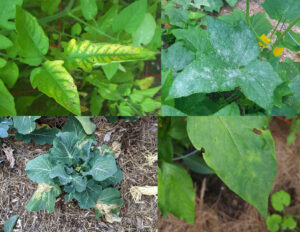
Please note: this message affects all PDIC users, except samples of turf/grasses for the Turf Diagnostic Lab Summer is always …
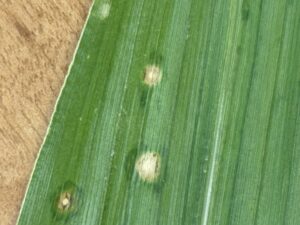
With such a wet May, y’all are probably seeing an uptick in leaf spots on corn, but there’s no …

Quite a few folks have been wondering about thrips applications, as cotton is still going into the ground, some …

Keith Edmisten & Guy Collins Extension Cotton Specialists The lowest soil temperature recorded last night at Rocky Mount was 71 °F. …

Glyphosate has long been a cornerstone herbicide for weed control across a range of cropping systems. However, its widespread …
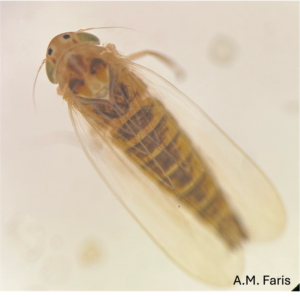
The corn leafhopper (Dalbulus maidis) is a pest of corn that typically lives in warm places, such as areas …

With planters rolling, we urge growers to think about thrips management now. This article will cover 1) the Thrips Infestation …
The Thrips Infestation Predictor for Cotton is now working correctly. This follow up article details how to use best this …

Keith Edmisten & Guy Collins Extension Cotton Specialists The lowest soil temperature recorded last night at Rocky Mount was 64.5°F, while …
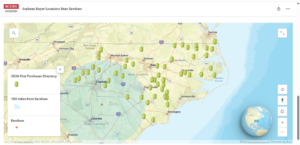
In response to ADM in Kershaw’s pending closure we have developed a list and map of alternative soybean buyers …
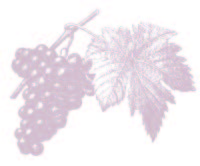
Vineyard establishment involves careful planning, thorough site preparation, vineyard design, planting, and trellis construction. Unlike …
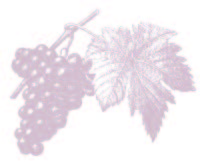
Growing Chardonnay grapes, the number one vinifera variety grown in North Carolina, can be a …
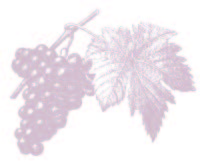
New and current grape growers will find practical information on site appraisal, establishment, and operation …
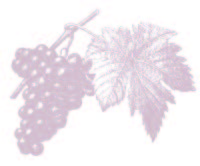
This chapter discusses the principles of grapevine dormant pruning, reviews reasons for vine training, and …

High-quality wines — those that command premium prices — can be produced only from high-quality …

Grapes grown in North Carolina are sometimes exposed to unfavorable climatic conditions and biological pests …

This manual provides guidance tailored for North Carolina's non-commercial pesticide applicators using fumigants in commodity …
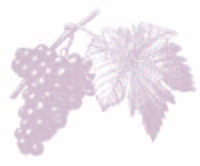
Grapevines require 16 essential nutrients for normal growth and development (Table 9.1). Carbon, hydrogen, and …